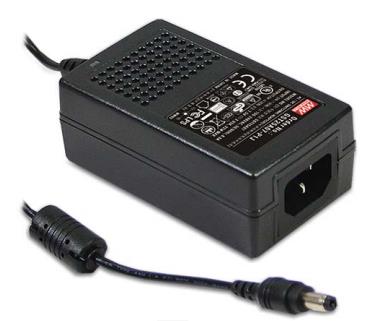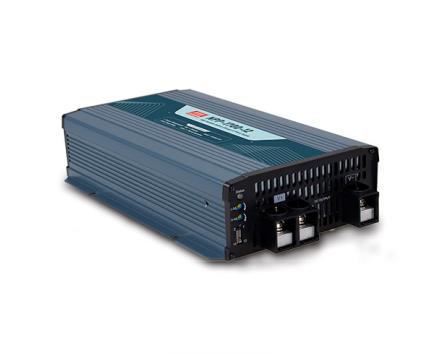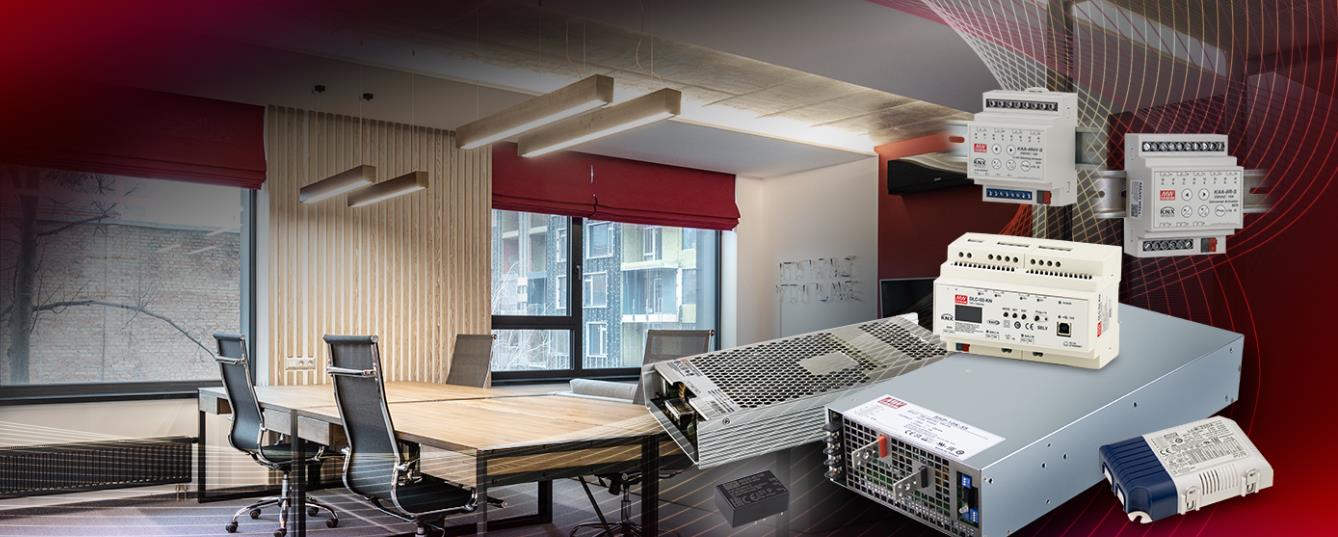LED power supply switches are an essential component of modern lighting systems, playing a critical role in regulating electricity flow and ensuring reliable illumination. This article delves into the workings, advantages, and applications of LED power supply switches, providing a comprehensive understanding of their significance in daily life and industrial settings.
Introduction
LED power supply switches control the flow of electricity to LED lights, regulating their brightness and protecting them from damage caused by excessive current. These switches are typically designed to work with the specific requirements of LED lights, ensuring optimal performance and longevity.

Workings of LED Power Supply Switches
LED power supply switches work on the principle of voltage regulation, which maintains a constant voltage across the LED light regardless of variations in input voltage or load. This is achieved through a feedback mechanism that adjusts the switch’s resistance based on the voltage across the light.
When the input voltage increases, the switch adjusts its resistance to maintain a constant voltage across the LED light. This ensures that the LED light remains at its designated brightness and does not overheat or damage due to excessive current. Similarly, when the input voltage decreases, the switch adjusts its resistance to maintain the constant voltage across the LED light.
Advantages of LED Power Supply Switches
LED power supply switches offer several advantages over traditional lighting solutions:
Longevity: Due to their ability to regulate electricity flow and prevent overheating, LED power supply switches have a longer lifespan than traditional light switches.
Energy Efficiency: These switches reduce energy wastage by regulating electricity flow to the LED light, ensuring that only the necessary amount of power is used.
Safety: LED power supply switches have built-in protective features that prevent excessive current from reaching the LED light, ensuring safety from electrical shocks and fire hazards.
Reliability: These switches provide reliable illumination, ensuring consistent performance in various environmental conditions.
Applications of LED Power Supply Switches
LED power supply switches are widely used in various applications, including:
Residential Lighting: LED power supply switches are used to regulate the brightness and protect residential LED lights from damage caused by excessive current.
Commercial Lighting: These switches are used to provide reliable illumination in commercial settings, such as offices, shops, and hotels.
Outdoor Lighting: LED power supply switches are used to provide bright and reliable outdoor lighting, such as streetlights and parking lot lights.
Industrial Lighting: These switches are used in factories, warehouses, and other industrial settings to provide bright illumination and protect LED lights from damage caused by excessive current.
Conclusion
LED power supply switches play a critical role in regulating electricity flow to LED lights and ensuring reliable illumination. With advantages such as longevity, energy efficiency, and safety, these switches have wide-ranging applications in residential, commercial, outdoor, and industrial settings. Understanding the workings and advantages of LED power supply switches provides a foundation for their effective use in various lighting systems.





